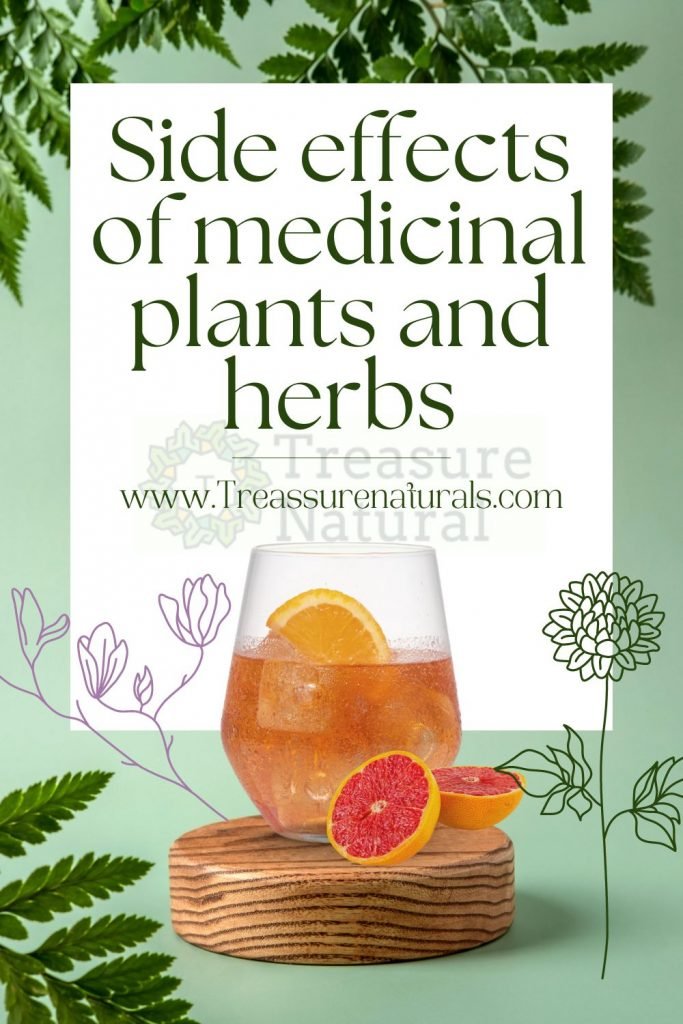
Medicinal herbs and plants have been used since ancient times for the health and well-being of humans and animals.
In addition to being used in the kitchen, they are in fact used as a raw drug to prepare herbal teas, oleolites, powders, or processed to make extracts to formulate herbal products, food supplements, drugs and cosmetics.
It is often thought that plants and herbs, as “natural” and widely used in many sectors, do not present side effects, contraindications or interactions. Unfortunately this is not the case, just think that in nature there are also toxic and poisonous plants, which can even be lethal.
Each plant drug owes its properties tovarious chemicals that, in addition to the healing action, can have undesirable effects or interact with other molecules present in drugs, other supplements or foods.
In addition, the administration of medicinal herbal preparations can trigger allergies in predisposed subjects or be contraindicated in certain physiological or pathological situations or conditions.
For example, many natural remedies cannot be used during pregnancy and lactation, on children or the elderly.
The greatest risks are by using domestic preparations orally, perhaps made with spontaneously harvested plants or when you have important diseases or take several plants or drugs at the same time.
- Main side effects of medicinal herbs
- Interactions of medicinal plants
- How to behave
Main side effects of medicinal plants
In most cases, the side effects of medicinal plants are mild and transient.
They often concern the gastrointestinal tract and therefore include abdominal pain:
- Nausea;
- vomit;
- diarrhoea;
- constipation.
This is the case, for example:
- Artemisia;
- gentian;
- ginkgo;
- myrrh.
There are also plants with specific side effects, such as licorice, known for its hypertensive action.
Plants with stimulating action on the central nervous system, including those containing caffeine, can instead cause agitation, palpitations, tachycardia and insomnia while lettuce can have, on the contrary, sedative effect.
However, it should be emphasized that the side effects of medicinal plants generally occur at high dosages or when taken for prolonged periods.
Different is the speech in case of allergies, which are generally manifested by rashes, respiratory problems or intestinal disorders. In case of hypersensitivity to one or more components present in the medicinal plant, the amount of plant taken is not important, so the use is always contraindicated.
Interactions of medicinal plants
In addition to contraindications and possible side effects, medicinal herbs can interact with other natural remedies, drugs or foods taken or consumed at the same time.
The interaction can modify the absorption, distribution, biotransformation and elimination of one or more substances, with positive or negative effect: in the first case it is called synergy, in the second case of interference.
Interference between a natural remedy and a drug is not uncommon and can be dangerous when following drug therapies.
Among the herbs most involved in the plant-drug or plant-plant interaction we find, for example:
- Hypericum;
- grapefruit;
- echinacea;
- turmeric;
- pomegranate;
- ginko;
- milk thistle
These are medicinal plants widely used for common ailments, so it is good to pay attention.
How to behave
To reduce the possibility of side effects, before resorting to a natural remedy, it would be good to consult a qualified herbalist or seek advice from your doctor or pharmacist.
The doctor, pharmacist or herbalist should be informed about any pathologies, allergies and intolerances, as well as drug therapies in place.
It is also important to report if you are taking other supplements or the birth control pill.






